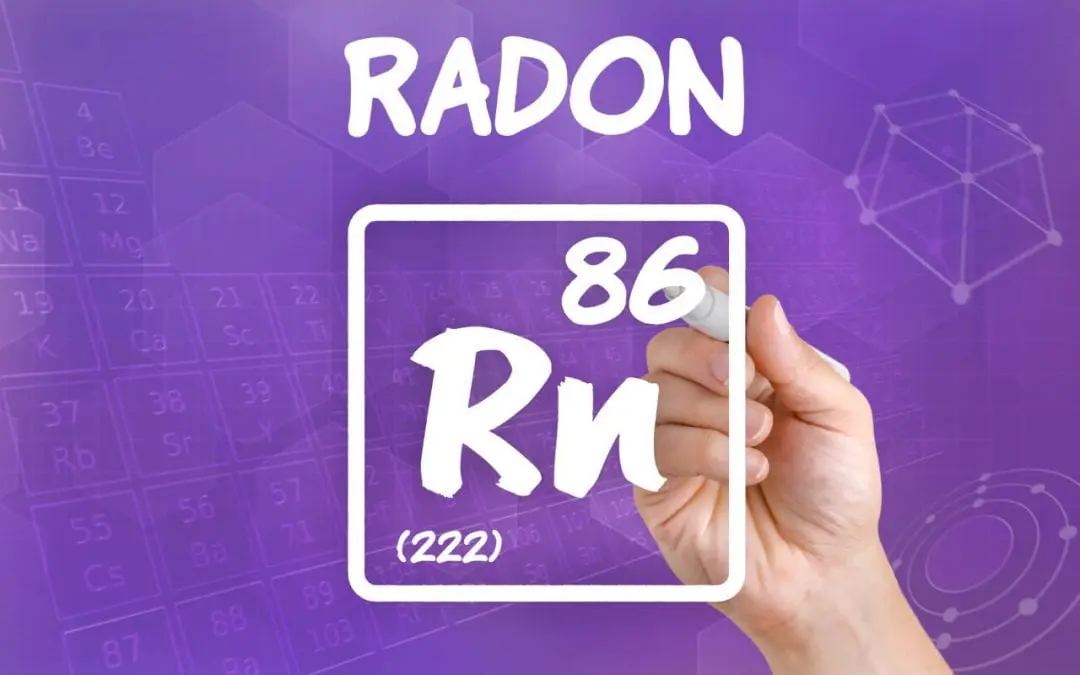You strive to make your home a safe place for your family and guests. Radon gas is a known carcinogen that is impossible to detect without professional testing. In order to keep your family healthy, make it a priority to test for radon gas in the home.
Things to Know About Radon Gas
When not mitigated, radon poses a serious threat to your household. It is the second leading cause of lung cancer in the United States after cigarette smoking. Put your health first by taking the time to test for radon gas. The following tips will guide you in testing for radon, reducing radon levels, and creating safer, healthier living spaces for you and your family.
1. Hire a Professional to Test for Radon Gas in the Home
While it is possible to perform a DIY radon test, they don’t produce precise results. To be certain that your family is not being exposed, hire a professional to conduct the test. A licensed radon inspector will provide an accurate reading on the radon levels in your home. A professional will also help you determine what actions you might take to reduce radon in your home.
Whether you use a test yourself or consult with a professional, it’s important to know if your home is at risk. To successfully lower the levels of radon gas in the home, you’ll need the help of a radon mitigation contractor.
2. Reduce Radon
If you discover you have high levels of the gas in your home, radon reduction is the next step. With the help of a radon mitigation contractor, you can decrease the concentration of this dangerous gas. The contractor will install a radon mitigation system that is customized for your home’s foundation, size, design, and climate.
Radon mitigation systems work to suction out radon gas from your home’s lowest levels. These systems then pump the gas outside or keep it pressurized to prevent it from entering the home at all. Though radon will be reduced through the mitigation system, you’ll still need to monitor the levels over time. Have your home tested for radon regularly, especially after completing any renovation projects.
3. Prevent Radon From Entering the Home
Reducing radon in the home requires you to take steps to keep the gas from entering. Decrease the amount of radon that builds up indoors by increasing the airflow in the home, sealing cracks in your foundation and floors, and taking advantage of radon-resistant building techniques if you do any remodeling.
Don’t let radon cause health issues for your household. Be proactive in protecting yourself and your family by eliminating this radioactive gas
TUFF Home Inspections offers home inspection services, including radon testing, in New Jersey. Contact us to request an appointment.

